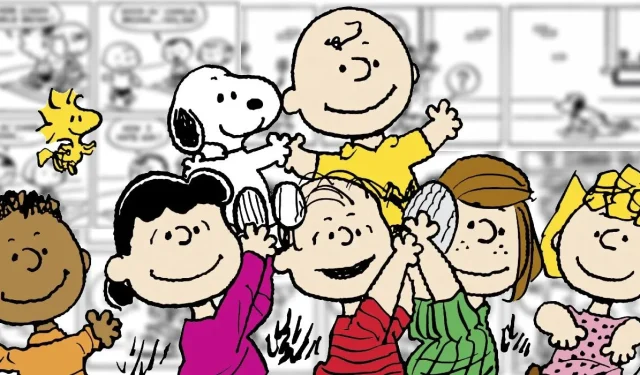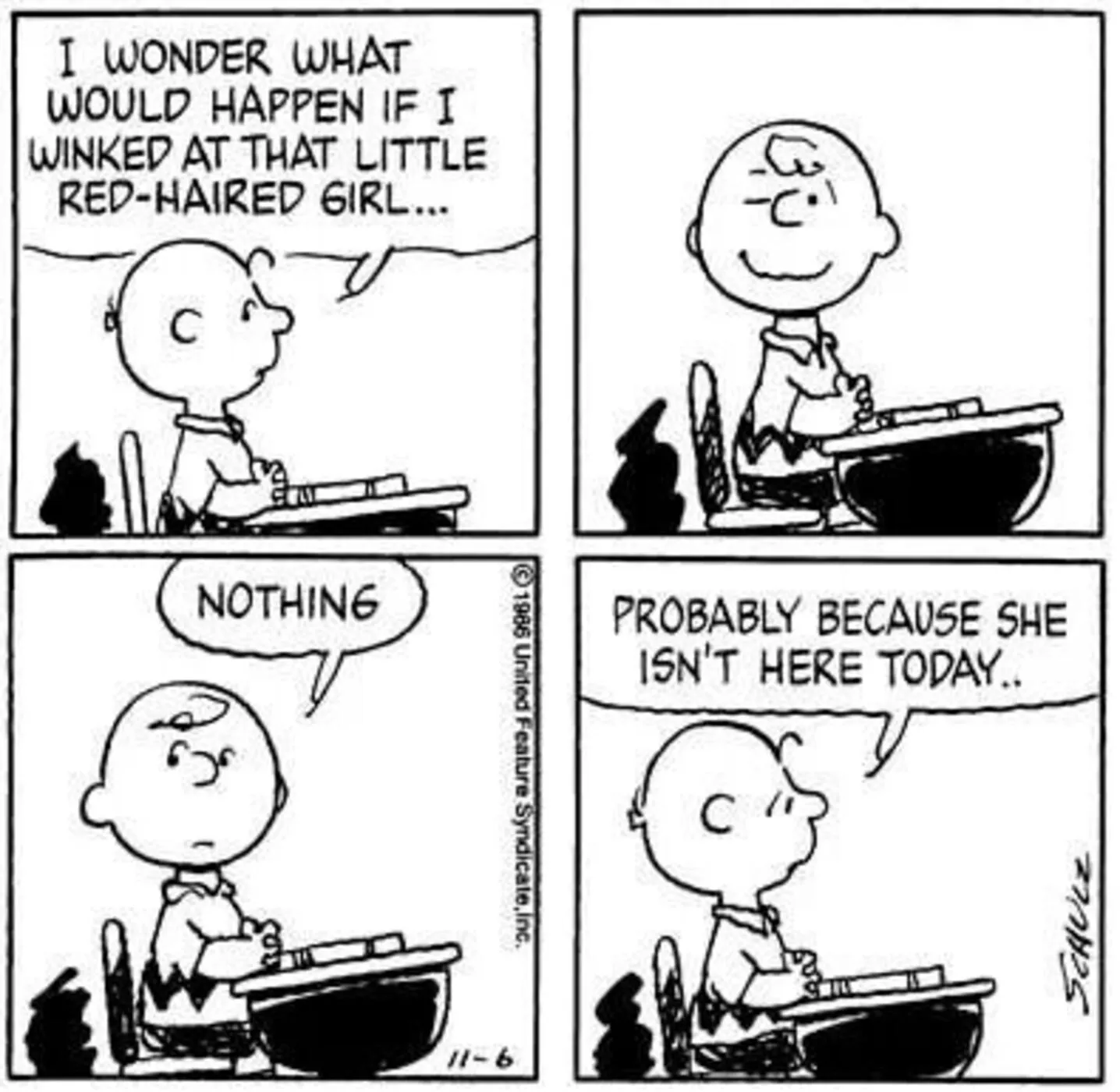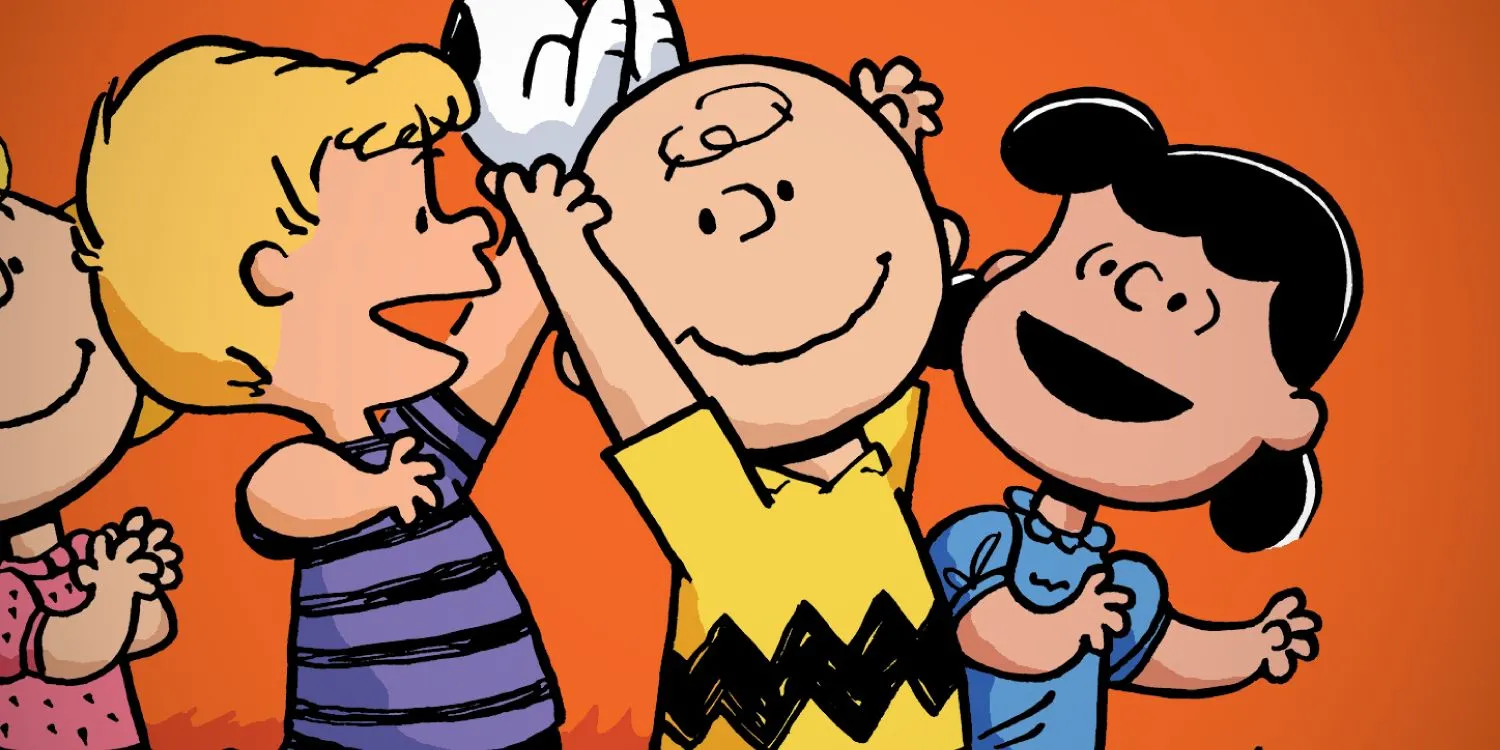
Peanuts, created by Charles Schulz, has transformed into an iconic cultural phenomenon since its inception over fifty years ago. Even after concluding in 2000, the comic continues to enchant new generations, with its relatable characters and charming narratives. The essence of its enduring appeal lies in Schulz’s ability to authentically channel the thoughts and emotions of children, making the series a timeless treasure.
During a 1994 National Cartoonists Society convention, Schulz articulated his vision of storytelling, emphasizing the importance of innocence. His reflections, published in Hogan’s Alley, underscore a philosophy that avoids offensive content. He stated:
I have never done anything that I consider the least bit offensive. There are not fire hydrants in my strip, no toilet bowls. There is a market for innocence. I told this to Lee Mendelson way back when we first started doing television shows. There’s still a market for things that are clean and decent.
Schulz’s perspective on innocence and decency reveals a fundamental secret to the sustained success of Peanuts, a factor that has allowed it to resonate across various generations seamlessly.
“There’s a Market for Innocence”: Peanuts’ Child-Centered Focus
Schulz’s Commitment to Decency Prolonged Peanuts’ Popularity

At its heart, Peanuts explores the world through the lens of childhood. The introduction of crude humor or inappropriate jokes would detract from its core message and alienate its young audience. In an age where adult-themed art dominates, Schulz posited that there remains a cherished demand for content that is “clean and decent.”This fundamental aspect of his writing is what solidified Peanuts as a cherished classic for audiences of all ages.
Regrettably, some creators resort to offensive humor, believing it to be a quick path to laughter. Schulz openly expressed his criticism of this trend, especially towards Garry Trudeau’s Doonesbury. He argued that Trudeau’s satirical approach, while contemporary, lacked the timelessness found in Peanuts. The latter’s charm lies in its universal depiction of childhood—its straightforward storytelling remains accessible and relatable, free of crude humor that might not endure the test of time.
Schulz’s Insight: Comedy Can Be Innocent
The Naïveté of Peanuts’ Characters Attracts Readers





The charm of Peanuts lies in its sincerity and innocence. Schulz masterfully encapsulates the trials and tribulations of childhood. The concerns of his characters—like bedtime struggles and school lunch dilemmas—remain universally relatable. Instead of employing crass jokes, Schulz draws on innocent misunderstandings and naive worries to highlight the beauty of childhood’s simplicity. Characters like Sally, who embodies childlike innocence, and Linus, with his unwavering belief in the mythic Great Pumpkin, effectively exemplify this charm.
The Great Pumpkin narrative, later celebrated in the 1966 animated special It’s the Great Pumpkin, Charlie Brown, originated in the comic strips as early as 1959, showcasing Schulz’s gift for capturing the essence of childhood belief.
Moreover, Schulz’s treatment of romance reinforces his commitment to innocent storytelling. He sidesteps the potential for romantic situations to become awkward or uncomfortable. Instead, love is portrayed in a light-hearted, humorous way. For instance, Sally’s unreturned affection for Linus is characterized by her heartfelt attempts and his bewildered rejections, while Charlie Brown’s adoration for the Little Red-Haired Girl remains sweet and unassuming, illustrating the simplicity that defines Peanuts.
The Enduring Legacy of Peanuts’ Decency
Schulz’s Evocative Representation of Childhood Resonates with Nostalgia

By steadfastly avoiding inappropriate content, Schulz successfully maintained Peanuts as a wholesome series. Some may argue his methods were extreme—eschewing even the depiction of toilets—but the result is a storyline that remains accessible to younger audiences. Schulz’s conscious choice to omit parental figures further seals his commitment to prioritizing a child-centric narrative. This meticulous crafting of the comic has not only appealed to children but has also ensured that adults can revisit and enjoy the series as they grow older.
Essentially, Schulz created an idealized representation of childhood that evokes nostalgic memories for many. As the Peanuts comics have transitioned from their initial publication in 1950 to the present, they remain a gleaming beacon of family-friendly storytelling, captivating hearts with their innocence. Adults reflecting on their youth find joy in flipping through the strips, reliving simpler times, thus contributing to the ongoing success of Peanuts. Charles Schulz’s masterful touch ensures that the adventures of Charlie Brown and his friends will continue to resonate through generations to come.
Source: Hogan’s Alley




Leave a Reply